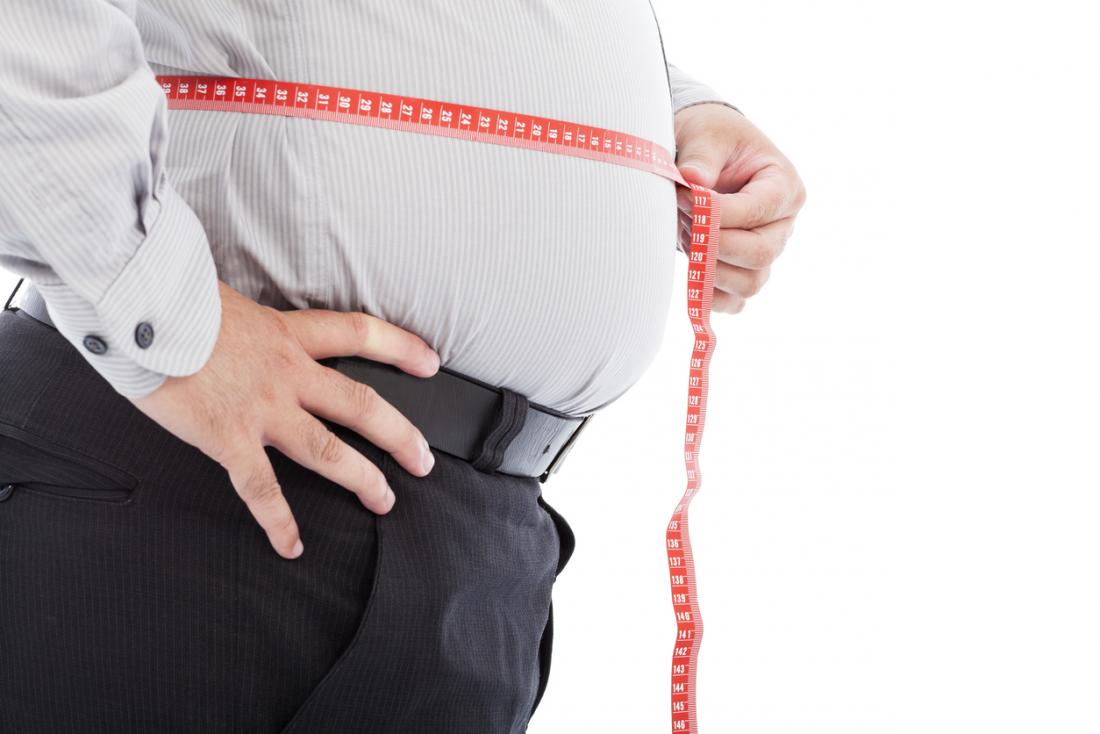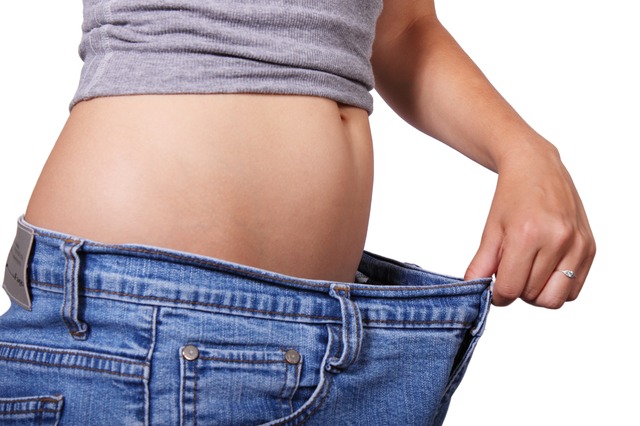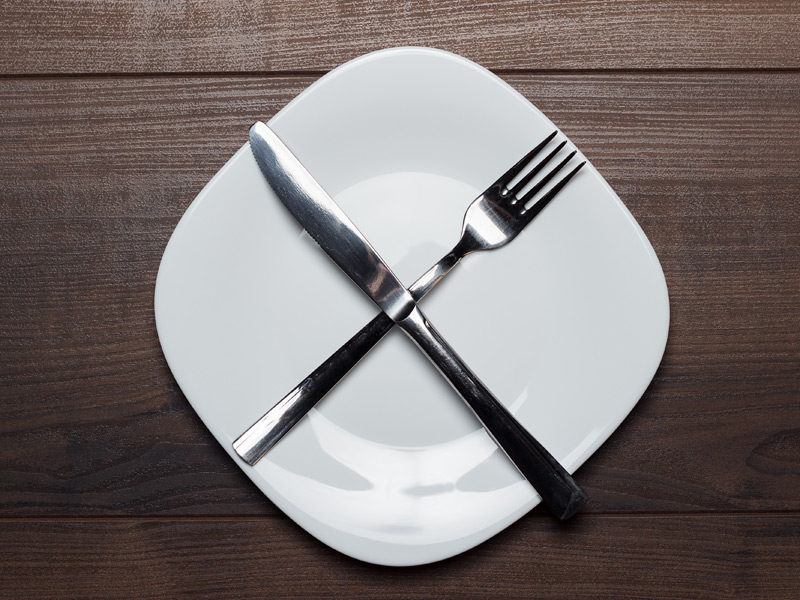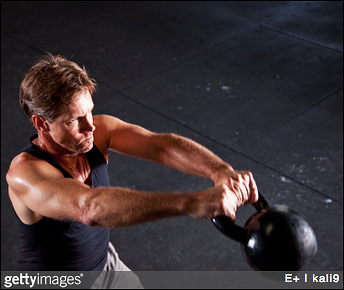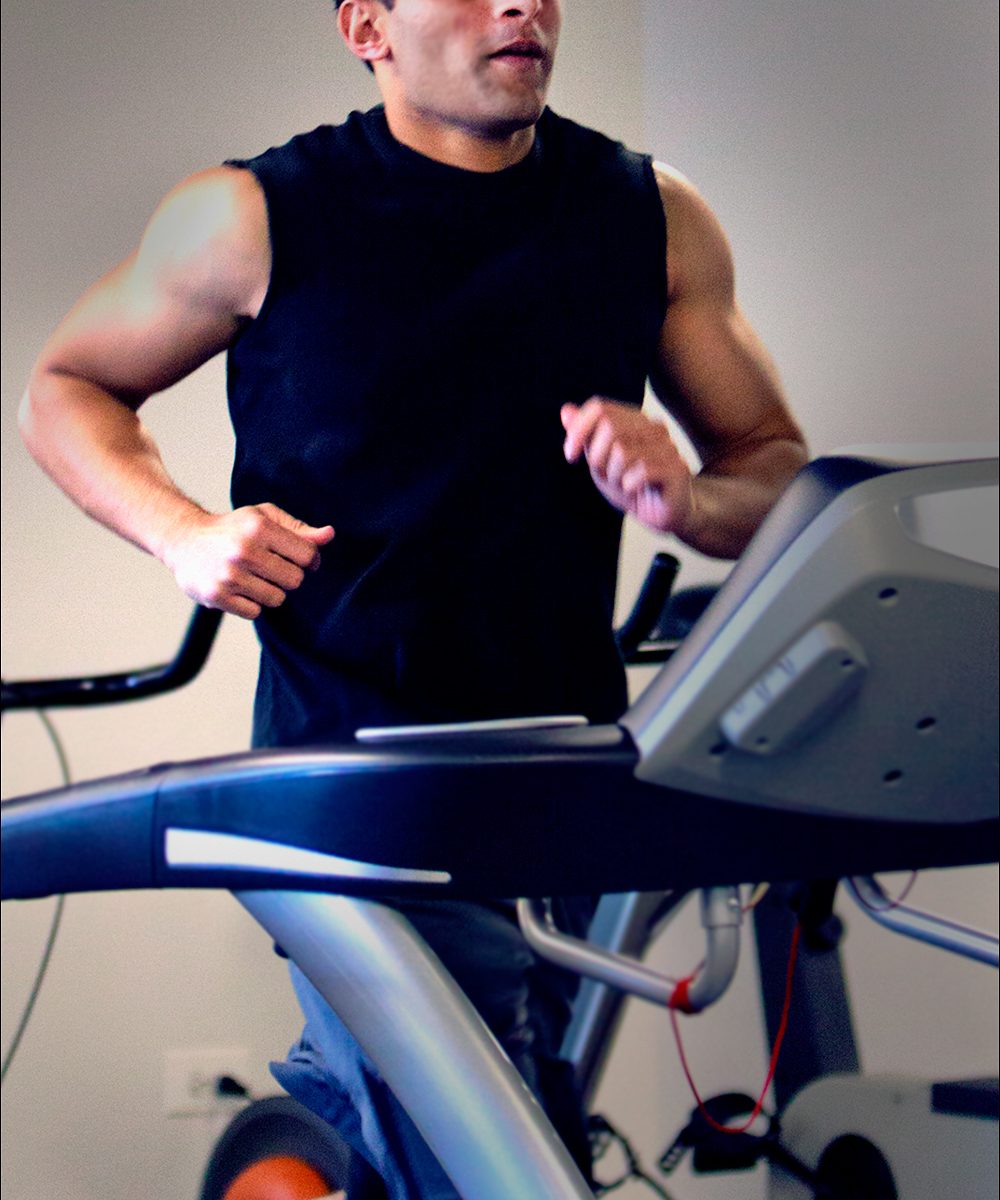It costs the global economy an estimated US$2 trillion annually and has been dubbed a modern day health epidemic, but new research from the University of South Australia has unearthed a possible cure for obesity — and it is as plain as dirt!
Investigating how clay materials can improve drug delivery, UniSA researcher and PhD candidate, Tahnee Dening serendipitously discovered that the clay materials she was using had a unique ability to “soak up” fat droplets in the gut.
Dening says this accidental discovery could potentially be a cure for obesity.
“It’s quite amazing really,” Dening says. “I was investigating the capacity of specifically clay materials to improve the oral delivery and absorption of antipsychotic drugs, when I noticed that the clay particles weren’t behaving as I’d expected.
“Instead of breaking down to release drugs, the clay materials were attracting fat droplets and literally soaking them up.
“Not only were the clay materials trapping the fats within their particle structure, but they were also preventing them from being absorbed by the body, ensuring that fat simply passed through the digestive system.
“It’s this unique behaviour that immediately signalled we could be onto something significant — potentially a cure for obesity.”
Being overweight can cause serious health conditions such as cardiovascular disease, type 2 diabetes, and some cancers.
According to the Australian Institute of Health and Welfare, obesity is increasing with almost two in three adults, and one in four children, now overweight or obese. And if its prevalence continues, we can expect nearly half the world’s population to be overweight or obese by 2030.
With few effective drugs existing to counteract obesity, many companies are investing huge amounts to discover and develop alternative treatments for obesity.
Dening’s research investigated the effects of montmorillonite — a natural clay material, purified from dirt and laponite — a synthetic clay — in rats fed a high-fat diet, comparing against placebo and a leading weight loss drug — orlistat. Monitoring over a two-week period, she found that while both the engineered clay formulations and orlistat delivered weight loss effects, the clay material outperformed the drug.
Dening says the findings offer new insights for obesity and weight-management, particularly when used in combination with the commercial drug, where there is potential for synergy.
“Our processed clay has an unusually high surface area which means it has a huge capacity to interact with and soak up digested fats and oils present in the foods we eat,” Dening says.
“Orlistat on the other hand, is an enzyme inhibitor that blocks up to 30 per cent of dietary fat digestion and absorption, which leads to weight loss, but has unpleasant side effects such as stomach aches, bloating, flatulence and diarrhoea, which limits its use in weight loss as people choose to stop using it.
“What we’re researching now is a synergistic approach with both the clay material and orlistat: the orlistat blocks the enzyme that digests fat molecules, and the clay particles trap these fats so they’re excreted out of the body without causing gastrointestinal disturbances.
“We’re essentially attacking fat digestion and absorption in two different ways and we hope this will lead to greater weight loss with fewer side effects.”
UniSA Professor Clive Prestidge, and Dening’s research supervisor, says the research has already captured the attention of potential investors.
“This is a significant discovery that provides new and exciting avenues for weight loss research which naturally attracts potential commercial partners,” Prof Prestidge says.
“With a finding like this, people will naturally be keen to find out when they can try it. Given that the material is generally considered safe and is widely used in food and nutraceutical products, it is feasible that human clinical trials could start reasonably soon.

